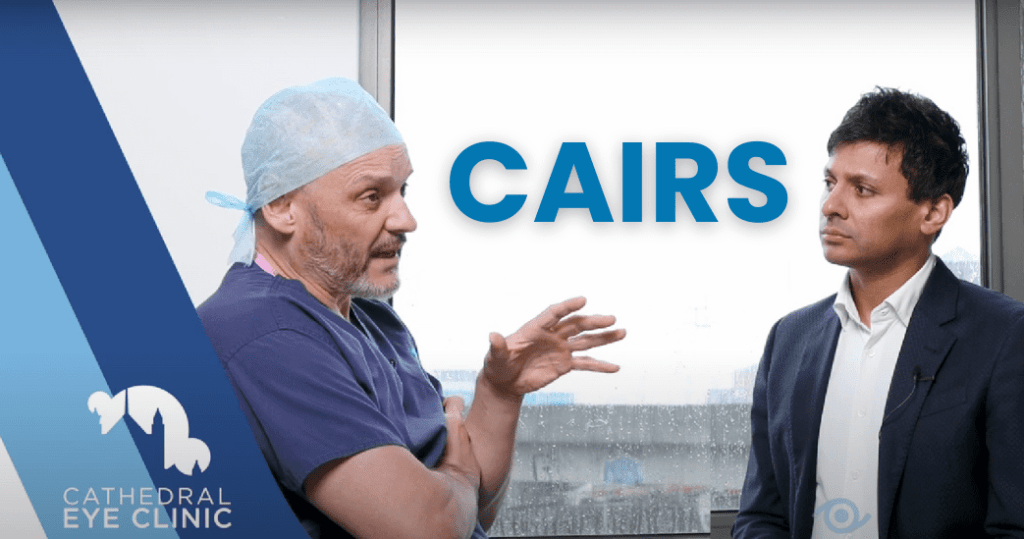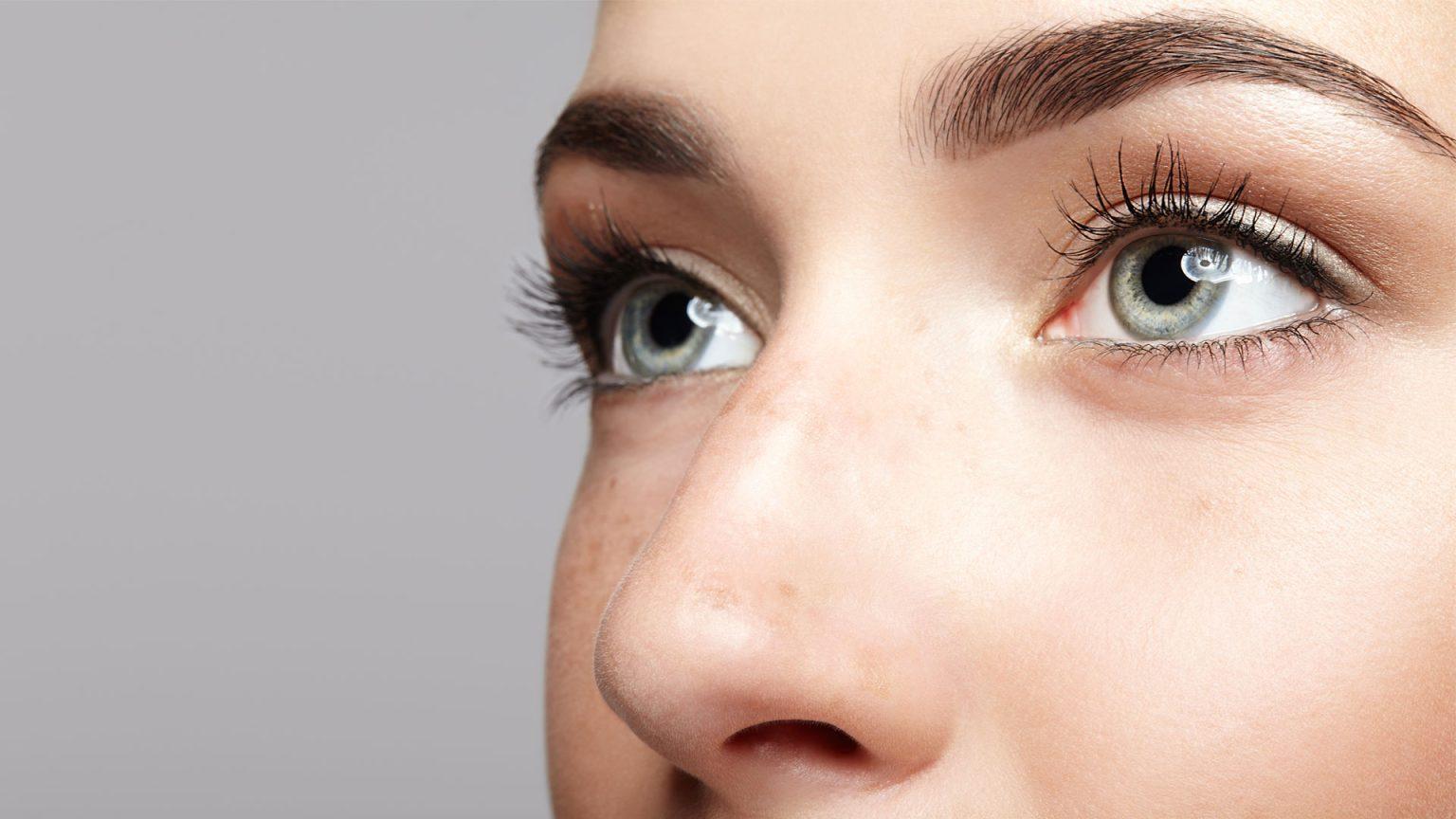
CAIRS, A Revolutionary Procedure: Insights from Professor Moore and Mr Mandal
The world of ophthalmology is ever evolving, and the CAIRS procedure (Corneal Allogenic Intrastromal Ring Segments) represents one of the most exciting advancements in recent years. Professor Moore and Mr Mandal sat down to shed light on why CAIRS is such a game-changer for corneal surgeries. You can catch this insightful discussion here.
Keratoconus
Keratoconus affects the cornea, misshaping it and making glasses unable to correct vision. The condition causes issues with the front window of the eye changing the form, strength and thickness of the cornea. Starting in the teens or 20s, Keratoconus usually worsens over time, often affecting both eyes with varying severity. Keratoconus can be addressed a couple of ways; one approach is to prevent the progression and the other is an attempt to improve the shape altogether.
What Is the CAIRS Procedure?
Traditional treatments for keratoconus use contact lenses, corneal cross-linking, or, in severe cases, corneal transplants. CAIRS offers an exciting new way to both improve the cornea and prevent the condition from worsening. Surgeons insert allogenic (donor-derived) corneal tissue arcs into the patient’s cornea, reshaping it and flattening the steep areas that cause distorted vision. This structural support not only enhances vision but may delay or eliminate the need for corneal transplants.
Cathedral Eye Clinic: Leading the Way in the UK and Ireland
During the conversation Mr. Mandal emphasised that our surgeons find the CAIRS implants easy to work with. Using a femtosecond laser, they create a small, arced tunnel and insert the implants with straightforward instruments. Professor Moore also highlighted early results from our clinic, showing fast recovery times, low inflammation rates, and no signs of rejection. Patients are experiencing significant improvements, confirming the idea that the CAIRS procedure represents a major advancement in keratoconus treatment.
Advantages of The CAIRS Procedure Over Traditional Treatments
Traditionally, patients faced a limited set of options: rigid contact lenses, cross-linking, or corneal transplant.
As discussed by Professor Moore and Mr Mandal, the CAIRS procedure stands out for several reasons
- Minimally Invasive: Unlike corneal transplants, CAIRS uses a smaller incision and offers faster recovery with less risk of rejection.
- Outside the Visual Axis: Since the procedure is outside the visual axis, it doesn’t put it at risk like other treatments can.
- Fine Tuning: The procedure allows for fine tuning with topography-guided lasers to further reshape the cornea if needed.
- Preserving Corneal Structure: CAIRS reinforces the cornea’s natural shape, preserving its integrity without full replacement.
- Future Treatment Options: Since CAIRS preserves the natural cornea, patients can still opt for traditional surgeries like corneal transplants later if necessary.
The Discussion with Mr Mandal & Prof. Moore
During the discussion, Mr Mandal highlighted the importance of this procedure for patients with progressive keratoconus.
Prof. Moore expanded on the technical aspects of CAIRS, explaining how the technological advances in tissue grafting are being used in a totally innovative way. These state-of the art methods combined with traditional but high-end technology are being used in a therapeutic way to facilitate the implantation of the new CAIRS donor grafts, making it a straightforward, quick-recovery procedure.
Real-World Impact
Patients undergoing the CAIRS procedure have reported significant improvements in vision quality, with many experiencing enhanced visual acuity and a decrease in the severity of visual distortions. Within the clinic, first results have shown wonderful early visual outcomes, some as soon as 24 hours after the successful treatment of the CAIRS procedure.
Looking Ahead
The CAIRS procedure is dramatically shifting how we treat corneal conditions like keratoconus. Mr. Mandal and Professor Moore specifically highlight its promising potential to significantly reduce the need for corneal transplants. Furthermore, ongoing research and clinical trials are refining the technique, and early results are highly encouraging.
Procedures like CAIRS could shape the future of corneal surgeries, providing patients with safer, more effective, and less invasive treatment options. Based on the conversation with these experts, it’s clear we’re witnessing a revolution in eye care that increasingly prioritises patient comfort and long-term vision health.
For more detailed insights, check out the full conversation with Mr Mandal and Prof. Moore.







